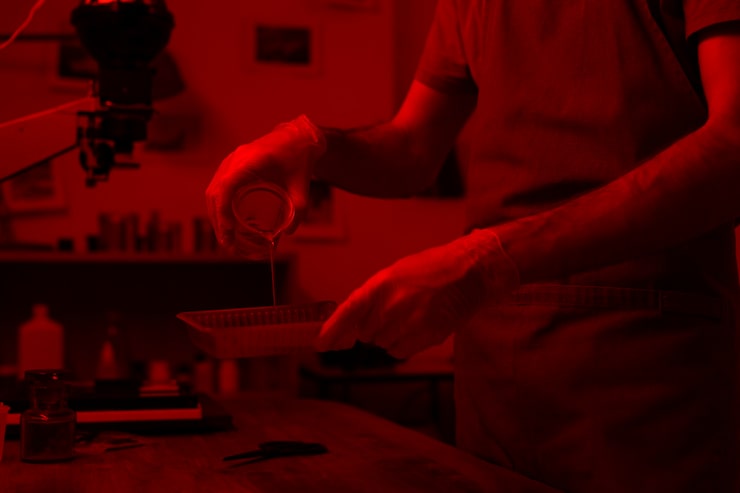Red light therapy has become a popular, non-invasive way to support both body and mind. This guide covers the essentials: how it works, its benefits, common uses, safety tips, and how to add it to your routine so you can decide if it’s right for you.
What is red light therapy?
Also called low-level light therapy or photobiomodulation, red light therapy uses specific red and near-infrared wavelengths to reach skin and underlying tissues. The light is absorbed by mitochondria—the parts of cells that make energy—helping cells work better. That boost in cellular energy can support healing, reduce inflammation, and improve skin health.

Benefits
Red light therapy can:
– Improve skin tone, texture, and signs of aging by encouraging collagen production.
– Reduce pain and inflammation and speed up muscle and tissue recovery.
– Support better mood and sleep by helping regulate body rhythms.
– Offer a gentle, drug-free option for various wellness goals.
How it works
Red and near-infrared light penetrates the skin and is taken up by cell mitochondria. This triggers biochemical changes that increase cellular energy, improve blood flow, lower inflammation, and speed tissue repair. Research supports its effects on healing, pain relief, and skin rejuvenation.
Common uses
People use red light therapy for:
– Skin care: reducing wrinkles, improving tone and texture.
– Pain and recovery: easing soreness, lowering inflammation, helping injuries heal faster.
– Mood and sleep: easing mild depression and improving sleep quality.
– Other areas under study: hair loss, wound healing, and cognitive support.
Safety and side effects
Red light therapy is generally safe and well tolerated. It doesn’t heat the skin and has few side effects. Still, pregnant people and anyone with certain health conditions or photosensitive medications should check with a healthcare provider first. Rare side effects can include mild eye discomfort—so use eye protection and follow recommended session times and frequencies.
How to use it
You can use at-home devices for spot treatments or full-body panels, or get sessions at clinics and spas for more intensive care. Consistency matters: stick to a schedule that matches your goals, whether that’s skin improvement, pain relief, better sleep, or mood support.
Summary
Red light therapy is a versatile, safe, non-invasive option with potential benefits for skin, pain, recovery, mood, and sleep. With a basic understanding of how it works and safe use guidelines, you can decide whether to add it to your wellness routine.